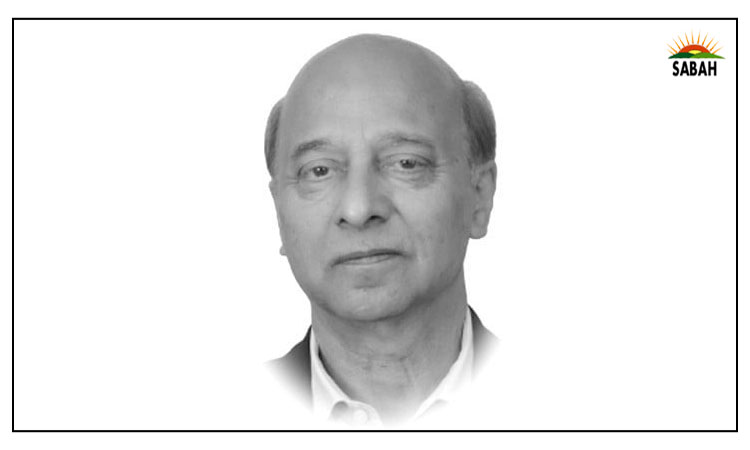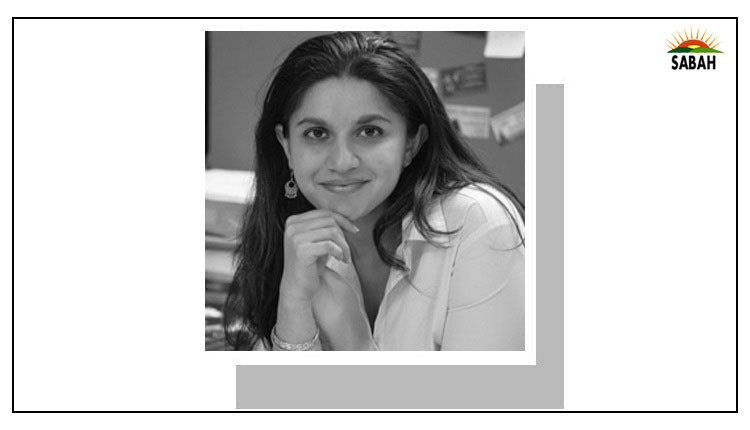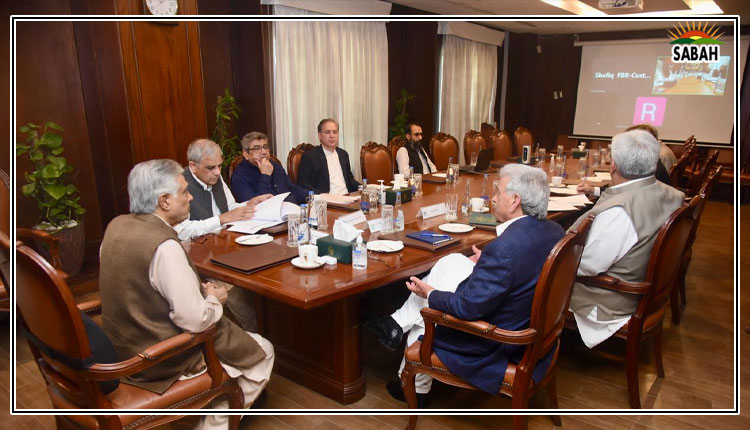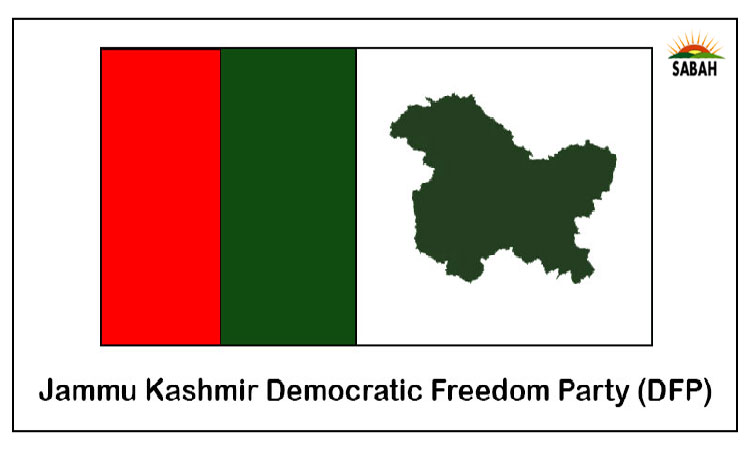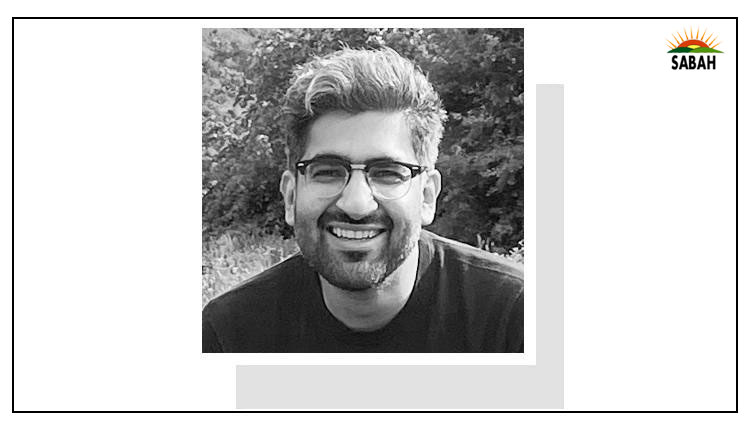Ruptures in 2024 ۔۔۔۔Umair Javed
IT is pointless to pontificate on most of the voting numbers from this election, given the large discrepancies being reported.
Make-believe Form-47s cast a shadow on the legitimacy of the entire exercise, especially in Punjab and Karachi. The only place where most results can be treated with a degree of objectivity are Khyber Pakhtunkhwa and non-metropolitan Sindh. Rather than focusing on the absolute numbers, it is then more useful to draw out some trends that categorically emerge through this otherwise compromised election.
The first is that the nature of the electorate’s connection with politics — in particular in Punjab — has changed over the past 10 years. There were some indications of this in 2018, but in 2024 it is much clearer that national issues and national campaigns can undercut local factors.
In a piece just prior to polling day, I pointed out that the deployment of insurgent social media campaigns remains a major unknown in this election, and one that will test the dynamics of local strongman/ electable politics and perceptions of establishment support. These dynamics have not only been tested, but have, in fact, been upended in many constituencies of Punjab.
Relatedly, a second point is that entrenchment of party identity is now a given. Earlier, there were a few regions where party identity (and party affiliation) were main factors in voting behaviour. Lahore, Karachi, rural Sindh, and KP had seen party-based affiliation among voters in previous polls. This time, the same is now visible in many parts of rural and peri-urban Punjab, where the generic party-based vote has increased.
That is the primary explanation for why non-traditional candidates, such as the fourth choice PTI-backed independent in a mostly rural constituency of Lodhran district, were able to garner such a large number of votes.
It is useful to draw out some trends that emerge from these otherwise compromised polls.
A third point relates to general wisdom around turnout and what enables or constrains it. Many observers, including myself, were incorrect to suggest that lower turnouts automatically favour electable/ patronage-style politics. The assumption was that bloc-tied voters are easier to mobilise, which would ultimately favour PML-N. This assumption stands toppled, largely by the nationalisation of political issues and the nature of social media campaigns, which allowed party-based voters for PTI to come out.
On the other hand, the lower turnout in central Punjab suggests that at least some PML-N voters stayed home, while motivated PTI voters came out in larger numbers than before.
Fourth, the remarkable ballot box performance of a party under a vicious establishment-led crackdown shows that public sentiment can neither be swayed by mainstream media outlets, nor coerced beyond a certain degree. It is why such a ham-fisted post-poll effort was needed.
Votes cast for PTI in KP, Punjab, and Karachi partly represent widespread frustration with establishment meddling that cannot be reduced to ‘cultist behaviour’. This is not the first time this has happened, though the scale is likely unmatched in our recent history. People are exhausted with repeated political instability caused by backdoor plots and deals.
Fifth, an anti-establishment vote does not emerge only from appeals based on the sanctity of the Constitution. Rather, in this case, PTI’s campaign rested on moral appeals of good versus evil, dignity, and sovereignty. The same script doubles as a digestible explanation for crippling inflation. It, therefore, also appeals to a significant section of voters who wanted to get rid of the incumbents due to the economic conditions of the past 18 months.
Sixth, contrary to what is being claimed, the jury is still out on mobilisation of young and first-time voters and whether they came out in unprecedented numbers. These facts will become clear once post-poll surveys are issued, but a generally low turnout suggests that many sections of the electorate — including young people — stayed home. What proportion of each demographic, remains to be seen.
Seventh, the description of the PTI as a party of the upwardly mobile professional classes was accurate in terms of its core support base, but is now ringing true for its candidate profile as well. There were at least 20 lawyers contesting elections as PTI-based candidates, including some in constituencies where tickets were previously given to local business, landed, or biraderi/ tribal elites.
The latter categories still constitute a significant chunk of who ends up as a politician for any mainstream party, but the expansion of party-based votes and nationalisation of campaign issues will open up space for aspirants from non-traditional backgrounds. The closest example of the trend can be found in India, where the BJP infused parliamentary, constituency-based elections with presidential-style campaigns on religious, economic, and foreign policy issues, opening space for its candidates.
Eighth, the PPP’s continued mandate in Sindh deserves explanation beyond single-point caricatures of feudal power. The economic background of candidates is a relevant factor everywhere, but in Sindh it is worth noting that the principle opposition in rural areas is the GDA, a motley crew of even bigger landlords.
Instead, the PPP’s electoral performance shows the continued relevance of a politics that provides space for provincial rights and cultural/ ethnic assertion. In a country with a federal imbalance as large as Pakistan’s, this remains an important counterweight.
Lastly, it remains to be seen if some of the rigged results against PTI will be overturned to an extent of giving the party a simple majority. Going by the collusive behaviour of the judiciary in the recent past, the chances of that taking place are not very bright.
That leaves coalition-building as the only viable way forward. It may or may not produce immediate political stability, but at least it would make the parliament of a supposedly parliamentary democracy relevant again.
The writer teaches politics and sociology at Lums.
X: @umairjav
Courtesy Dawn, February 19th, 2024



